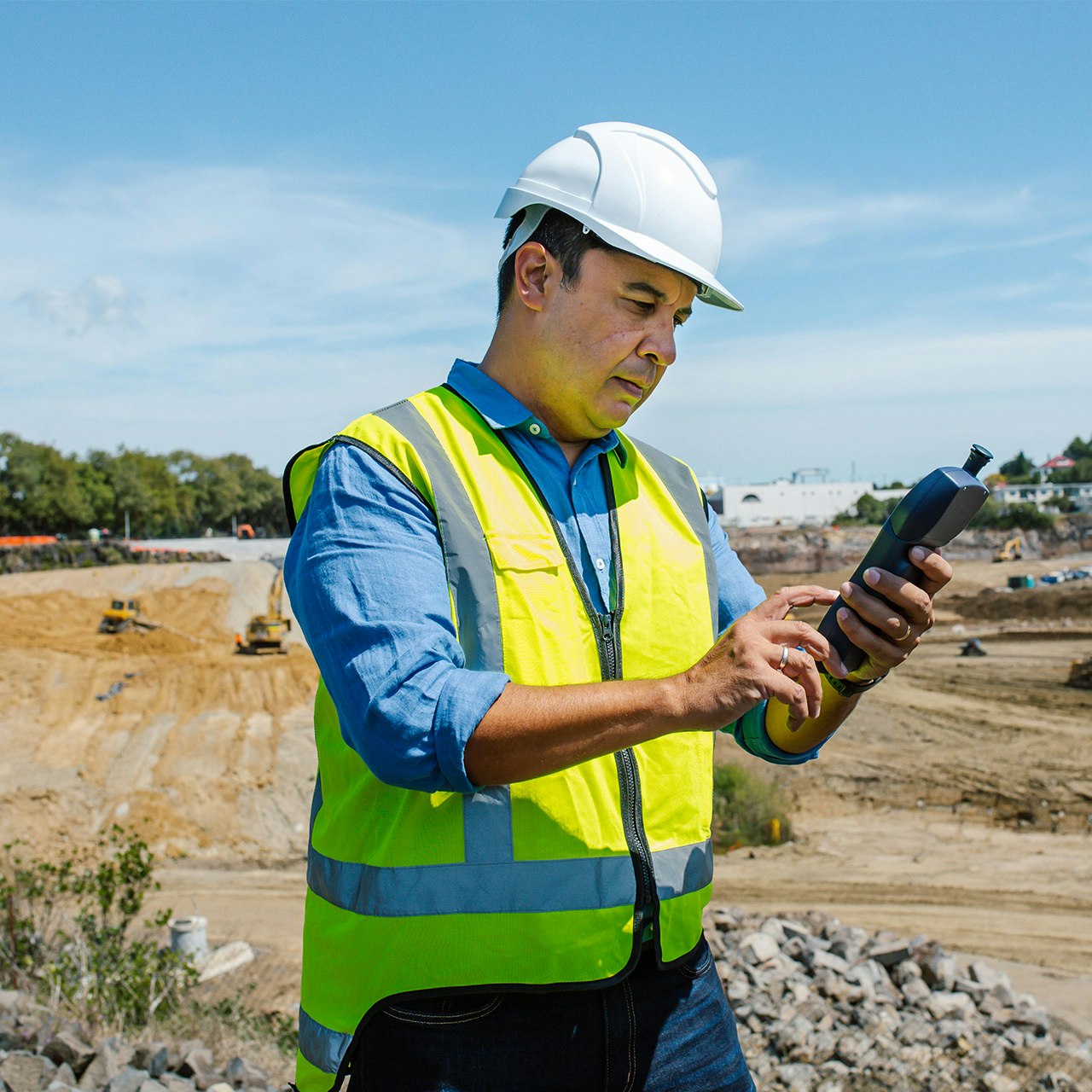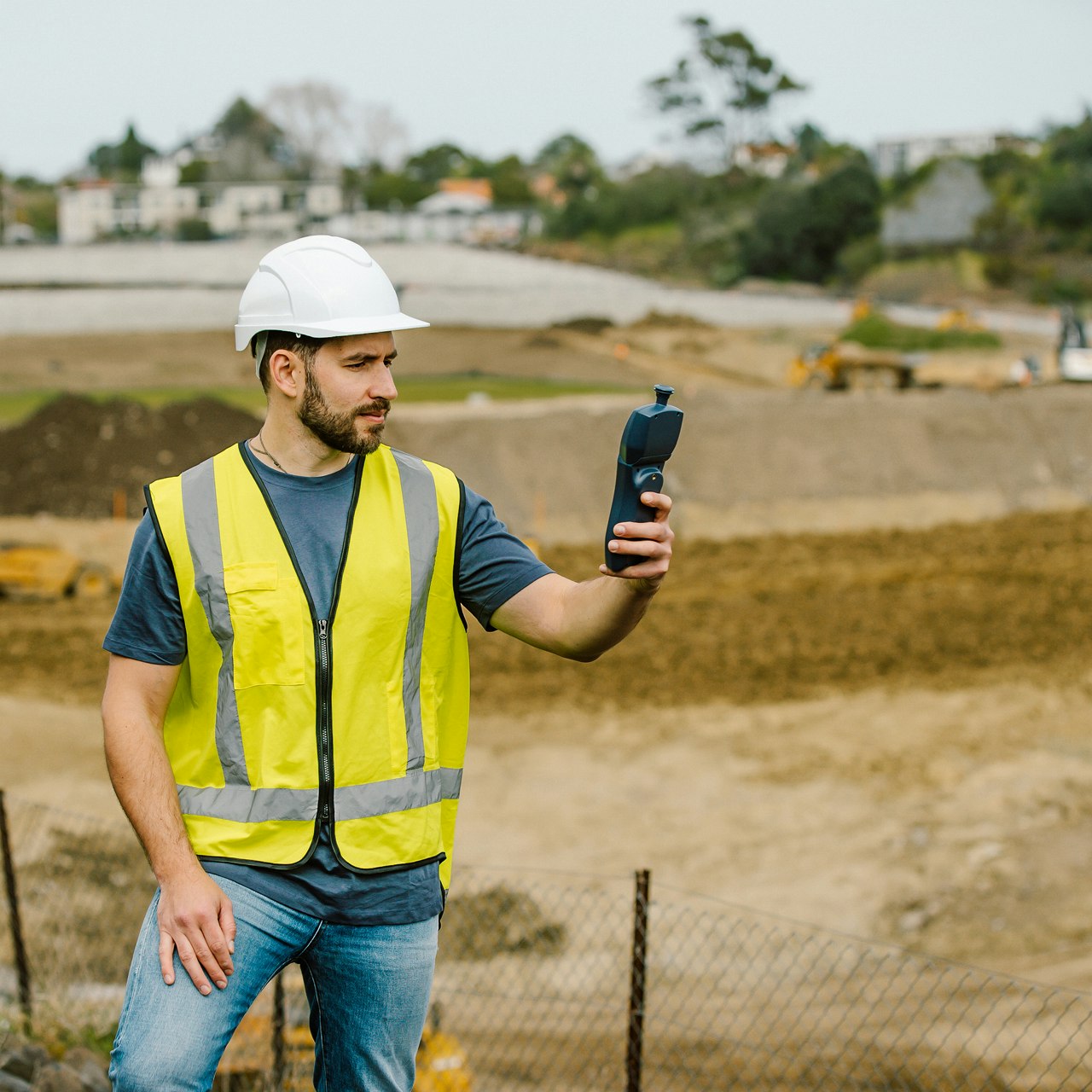Blog
Improving the Reliability of Sensor Readings in Community Air Monitoring
Article Details
Last Updated
12 September 2025
Published
08 June 2021
Category
Community
A rise in the availability of low-cost sensor networks in recent years has helped empower communities to take ownership of their air quality and reduce barriers to obtaining good quality data. Electrochemical gas sensors are a critical component of these air monitoring systems, measuring concentrations of nitrogen dioxide (NO2), ozone, and other pollutant gases. A study, published here and carried out by Aeroqual Senior Scientist, Dr. Anna Farquhar, Co-Founder & CTO, Dr. Geoff Henshaw, and Co-Founder, Professor David Williams, aimed to investigate the best ways to mitigate sensor errors caused by environmental factors. In understanding why changes in temperature and humidity can cause unwanted fluctuations, we can better equip community air monitoring networks to deliver reliable, trustworthy data for the protection of people and the planet.
How seasonal shifts can cause unreliable data
Unreliable data can be caused by seasonable changes. An example of seasonal shifts impacting gas sensor readings can be found in the results of a long-running study in Denver, Colorado, undertaken in collaboration with the U.S. EPA. Here, results from a series of Aeroqual Urban Air Monitors (AQYs) showed a clear change in baseline readings during the warmer months when compared with reference analyzers. It’s important to note that these sensors were originally designed to detect gas concentrations a factor of 1000 times higher than measurements typically found in ambient air (the difference between parts-per-million and parts-per-billion.) There has typically been an assumption that these sensors are just as reliable for measuring low concentrations of gases as they were for measuring high concentrations of gases. This study highlights the effect that environmental fluctuations can have on results when using these sensors for outdoor monitoring. When attempting to reliably measure lower concentrations of pollutants, even a small shift in sensor readings can be significant.
Results showing seasonal shifts in gas sensor readings during Denver, Colorado study, and the effect of a sudden change in relative humidity on gas sensor readings.
Measuring the effect of humidity on gas readings
To explain this behaviour, field conditions for the AQY were simulated in the lab. Gas concentration, humidity, and temperature were measured every five seconds, then averaged out over a minute and reported to a cloud server. Humidity was reported both as the dew point (the temperature at which vapor pressure is in equilibrium with pure water) and relative humidity (the ratio of the water vapor pressure to the saturation vapor pressure at the given temperature.) The air was humidified by being passed through a Nafion tube immersed in water, or dried using a silica column, as needed. By scrubbing the air of NO2 and ozone, we can be confident that any changes in sensor readings were purely caused by shifts in environmental factors.
Example set-up for simulating field results in the lab, without ozone or NO2.
The results, backed up our field results, showed an increase in sensor concentration reading at increased temperature and lower humidity, and sensor signal fluctuations when the humidity changed suddenly. These signal spikes were greater than those typically recorded for actual gas concentration measurements, further solidifying the hypothesis that these changes were the result of environmental factors and highlighting the importance of mitigating them.
A simple fix for communities to obtain more accurate data
To understand why this is happening, we need to look at a few fundamental electrochemical concepts. Electrochemical gas sensors contain sulfuric acid that is in equilibrium with the amount of water in the air. By altering humidity, we change the atmospheric water vapour pressure and therefore cause a change in the concentration of acid in the sensor. This in turn causes a shift in capacitance (a measure of the amount of electric charge stored at the working electrode/electrolyte interface in the sensor). When we change the capacitance, we cause a charging current at the electrode, and it is this charging current that causes a concentration spike in response to a change in humidity. Changing the acid concentration will also cause a change in the baseline concentration, which is one of the reasons we see a seasonal shift in the sensor reading.
So, what can we do about it? In most circuitry on an electrochemical gas sensor there is a resistor alongside the sensor. By increasing the size of this resistor, we decrease the size of the concentration spikes due to capacitance changes and decrease the shift in baseline concentration. The trade-off is that you slow down the sensor response time to the target gas. It is essentially a balancing act between speed of response and baseline noise. In regions with typically large fluctuations in humidity, such as California, minimizing the effect of rapid changes on humidity is important. This, coupled with typically collecting the data at hourly averages, means that a decrease in gas response time is not a significant issue.
Results showing reduced fluctuations in gas sensor readings when adding a large series resistor.
The study shows that with a simple hardware change, we can improve the reliability of data obtained from low-cost sensor networks, accounting for changes in temperature and humidity. In producing accurate, actionable data, community groups and organizations around the world can better protect their people from the harmful effects of poor-quality air.
Want to find out more?
To learn more about this study and how we can help you obtain reliable air quality data, please get in touch!
Air monitoring made easy
Take the time and hassle out of your next project with a real-time air quality monitoring solution.












